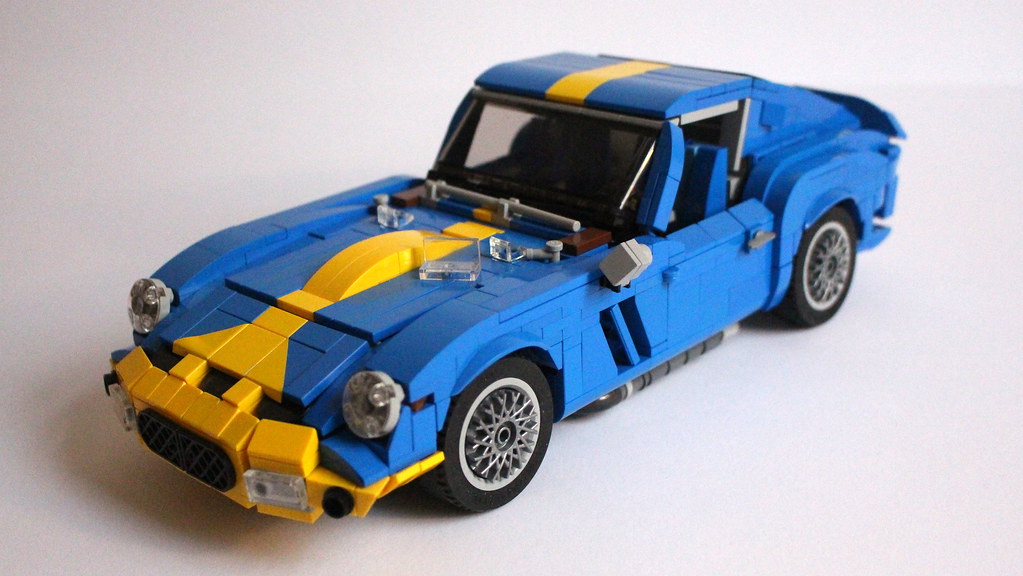For a long time, I didn’t really get the point of car customization. I can understand why people might want to make some changes to improve performance. Manufacturers aim their products at a particular market segment and operate under constraints such as environmental regulations. So, if you want to use your car differently, say to tear up the drag strip, some changes make sense. Rebuilding older cars using newer components to improve comfort or handling also makes sense to me. What I didn’t get were things that make a car worse in objectively measurable ways: such as stanced wheels and ill-fitting body kits. However, after building my latest car model, I think I finally get it. It’s a Nissan Skyline C110, modified in a Japanese style popularly known as Bōsōzoku (暴走族).

Trying to distinguish between the many different specific styles covered by his name is like an obscure form of zoology. They all do share some features, though. Modifications can include multiple rear spoilers and a deppa, which is the huge front-end splitter. Externally mounted oil coolers, with lines running through the radiator or a headlight mount, are also popular. This stuff is all race-inspired, but none of it improves the car’s performance. The cars usually have large fender flares, with small wheels and negative camber, particularly on the rear wheels. This reduces the ride height to the point of scraping the road and probably ruins the handling. The cars can also have a lurid paint job, often involving purple or magenta, and oversized exhaust pipes, called takeyari, inspired by bamboo spears. It is all very much over the top. And that is the point.
Japanese society is full of rules on how to behave in order to maintain harmony or Wa (和). But more restrictive norms seem to lead to more extreme rebellion. Bōsōzoku cars aren’t about improved performance or about making the cars look pretty. They’re about being different from the norm to the point where it gets obnoxious.
The Brothers Brick is funded by our readers and the community. Articles may include affiliate links, and when you purchase products from those links, TBB may earn a commission that helps support the site.












